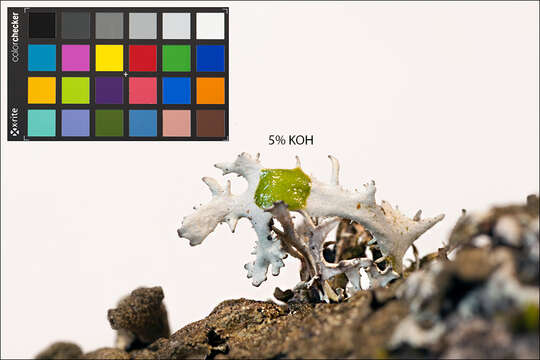Pseudevernina-furfuracea_32

Description:
Pseudevernia furfuracea (L.) Zopf, syn.: Parmelia nuda (Ach.) Gyeln., Parmelia furfuracea (L.) Ach., Hypogymnia furfuracea (L.) Krog, Evernia furfuracea (L.) W. Mann, Borrera furfuracea (L.) Ach., Lobaria furfuracea (L.) Hoffm.,Tree moss, DE: Kleinflechte, BaummoosSlo.: navadni rogovilarDat.: Jan. 28. 2018Lat.: 46.36026 Long.: 13.702619Code: Bot_1110/2018_DSC0742Picture file names: from Pseudevernia-furfuracea_raw_30 to Pseudevernia-furfuracea_raw_32.Habitat: abandoned pastures with scattered trees; moderately inclined mountain slope, south-east aspect; relatively warm and dry place; calcareous ground, sunny place; exposed to direct rain; average precipitations ~ 3.000 mm/year, average temperature 7-9 deg C, elevations 600 m (1.950 feet), alpine phytogeographical region. Substratum: bark of smaller branches of a stand-alone, recently cut down Juglans regia.Place: Lower Trenta valley, right bank of river Soa; between villages Soa and Trenta; near Trenta 2b cottage, East Julian Alps, Posoje, Slovenia EC. Comment: Pseudevernia furfuracea is a very common foliose-shrubby lichen in general and also in Trenta valley, particularly on higher elevations. It climbs up to the tree border elevations. It can be found on bark of deciduous trees as well as on conifers and sometimes also on rocks. Pictures show a young, still small specimen in damp state. Hence the thallus is almost white. Grown up specimens are darker - gray or brownish-gray, often densely covered with isidia and dark brown to black underneath. When old they sometimes become of bizarre shapes appearing completely different from these pictures. Apothecia are rare.The species is very variable. Probably the best trait for determination is its growth. Terminal thallus strap-shaped lobes divide widely divergent and quite strictly dichotomously. All terminal lobes remain in a single plane and they are rather short. When dry the edges of the straps curl strongly inwards, sometimes completely covering the lower, black side of the straps. A very similarly looking habit has another common lichen - Evernia prunastri (L.) Ach.. But, its lobes are usually greenish, often net-veined above and white beneath (also when old).Lichen was 3 to 4 cm tall growing on a relatively thin branch. 5% KOH reaction on thallus is yellow-green. Only one specimen has been found on this tree. Otherwise about 25 different lichen species have been spotted on it.Ref.:(1) C.W.Smith, et all, The lichens of Great Britain and Ireland,The British Lichen Society,(2009), p 759.(2) V. Wirth, R. Duell, Farbatlas Flechten und Moose, Ulmer, (2000), p 36.(3) V. Wirth, Die Flechten Baden-Wrttembergs, Teil. 2., Ulmer (1995), p 782.(4) F.S. Dobson, Lichens, The Richmonds Publishing Ca.LTD (2005), p 368.
Included On The Following Pages:
- Life (creatures)
- Cellular (cellular organisms)
- Eukaryota (eukaryotes)
- Opisthokonta (opisthokonts)
- Nucletmycea
- Fungi (mushrooms, lichens, molds, yeasts and relatives)
- Dikarya
- Ascomycota (sac fungi)
- Lecanoromycetes
- Lecanorales
- Parmeliaceae
- Pseudevernia (light and dark lichen)
- Pseudevernia furfuracea
This image is not featured in any collections.
Source Information
- license
- cc-by-nc-sa
- copyright
- Amadej Trnkoczy
- photographer
- Amadej Trnkoczy
- original
- original media file
- visit source
- partner site
- Flickr Group
- ID


